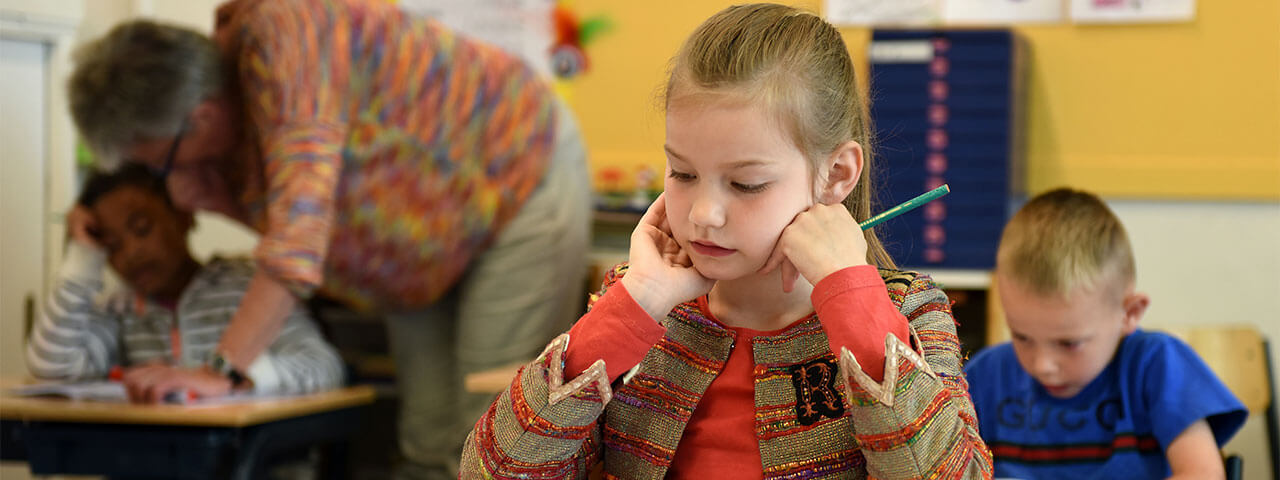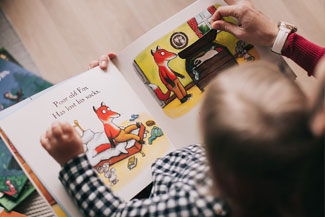
The 17 Visual Skills Assessed During Your Child’s Functional Eye Exam
Beginning in childhood, general eye exams may detect if a patient has amblyopia (lazy eye), strabismus (crossed eyes), myopia (nearsightedness), hyperopia (farsightedness) and astigmatism.
However, more in-depth eye examinations, known as functional eye exams, should begin annually during a child’s school years and continue at least until the end of high school or university. The functional eye exam usually includes tests for the 17 visual skills most essential to young people so they can succeed in school, playing sports, driving and other aspects of their lives.
Have Your Child’s Eyes Examined Each School Year
The new school term is a good reminder for all students in primary school, high school and university to undergo a comprehensive functional visual exam every year to check:
- Central visual acuity: seeing clearly and accurately
- Peripheral vision: seeing objects at the sides while continuing to look straight ahead
- Depth perception: understanding the accurate position of all objects in 3D space
- Color perception: distinguishing between colors
- Eye-movement control: efficient eye movements and scanning across a page or screen
- Binocular coordination: both eyes working together to achieve clear and comfortable vision
- Saccades: the eyes’ ability to quickly move or “jump” between different focal points
- Pursuits: both eyes’ smooth movements tracking a moving target
- Convergence: both eyes working together, to move inwards and easily focus on a nearby object
- Accommodation flexibility: the eye continuously changing focus between near and distant objects
- Accommodation endurance: the eyes’ ability to maintain focus for close-up tasks
- Visual memory: remembering visual images, such as words
- Visual thinking: analysis of the information about an image (visual/spatial learning or picture thinking)
- Gross visual-motor skills: employing visual information to direct the body’s movements in a coordinated way
- Fine visual-motor skills: employing visual information to control the movement of hands, fingers and feet, such as for hand-writing
- Visual perception: understanding what is being seen and using cognition to process this information
- Visual integration: using vision together with other senses to perform complex tasks
References:
- https://medlineplus.gov/lab-tests/vision-screening/
- https://www.covd.org/page/visual_skills
- https://www.aoa.org/healthy-eyes/caring-for-your-eyes/resources-for-teachers?sso=y
- https://www.optometrists.org/vision-therapy/the-17-key-visual-skills/












